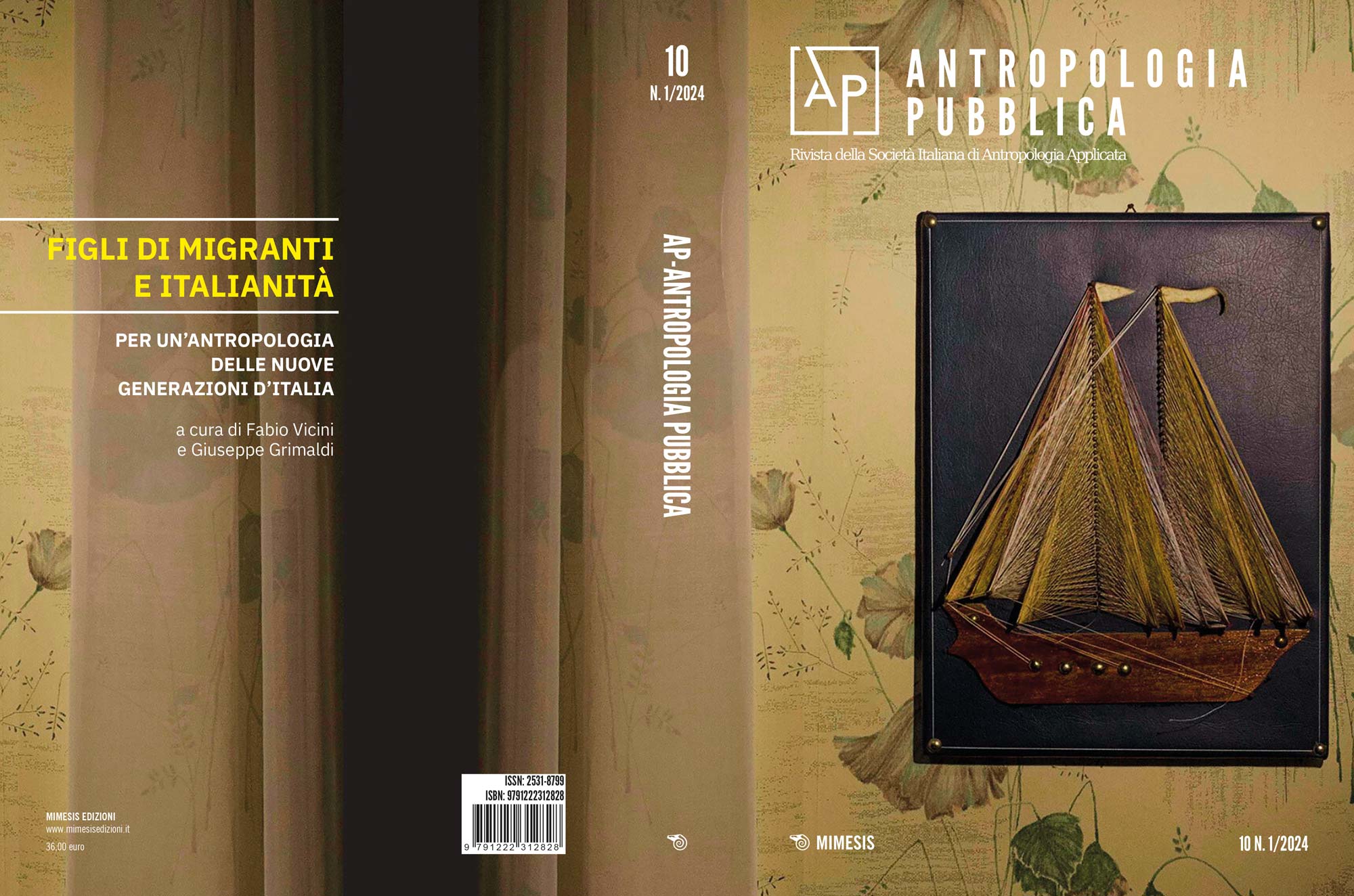Appartenenze virali. Nuovi italiani e italianità su TikTok
DOI:
https://doi.org/10.7413/2531-8799011Parole chiave:
Netnography, TikTok, Migration, Second Generation, Italianità, Italy.Abstract
In recent years, TikTok has been the fastest-growing social network among younger generations. However, it has also been the least ethnographically investigated. In Italy, some new Italians have achieved celebrity primarily (but not exclusively) through videos centered on irony and humor on racism and overturning identity and cultural diversity stereotypes. They have produced complex and contradictory subaltern voices that transcend the boundaries of various hegemonic national identities. Their videos seem to position themselves outside and against the “contested narratives” of migrant literature and second-generation associations, two phenomena that have represented both the most structured attempt to acquire a voice in the public space and one of the objects of scientific interest concerning the presence of migrant children in Italy. Although aware of the centrality of migration in the construction of identity in Italy, the contribution examines the production of some Tiktokers coming from migration around the theme of Italianità (“Italianness”) from a perspective that aims to overcome a strictly migration-oriented approach in the study of social processes related to New Italians. On the one hand, the ironic strategies used by TikTokers challenge their subaltern social positioning (expressing the ambition to become viral and successful), and on the other hand, their supposed cultural belonging (being necessarily connected to their origins). The irony used by TikTokers towards some central themes in the construction of Italianness (language and “race”) contributes to a redefinition of the concept of Italianità itself, thanks to the success of these content creators.



